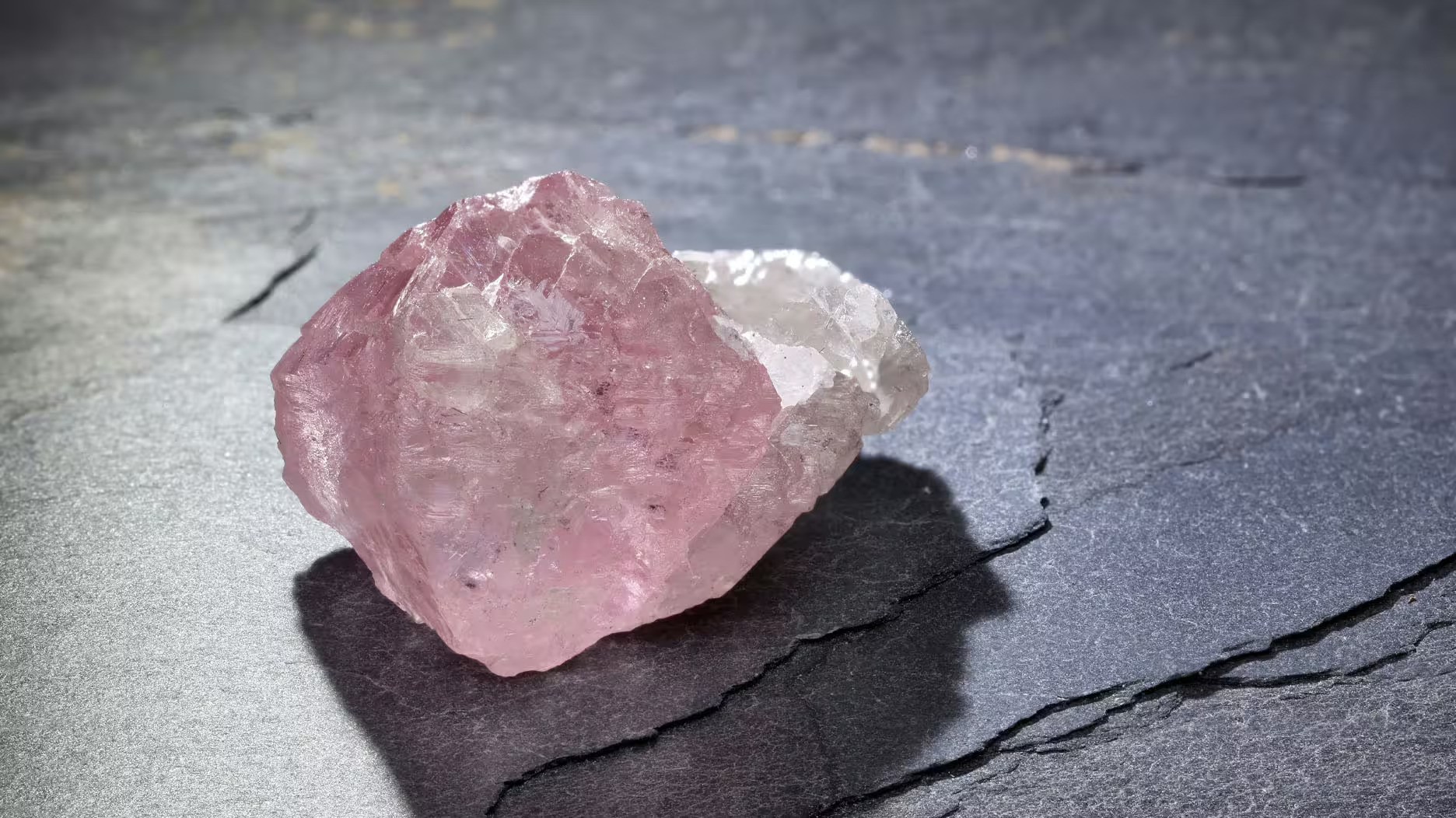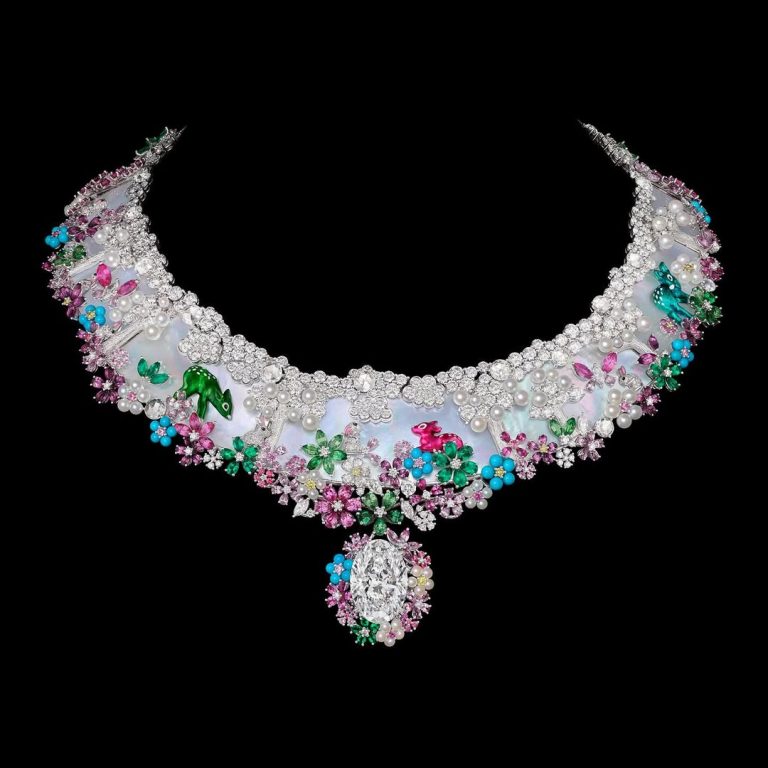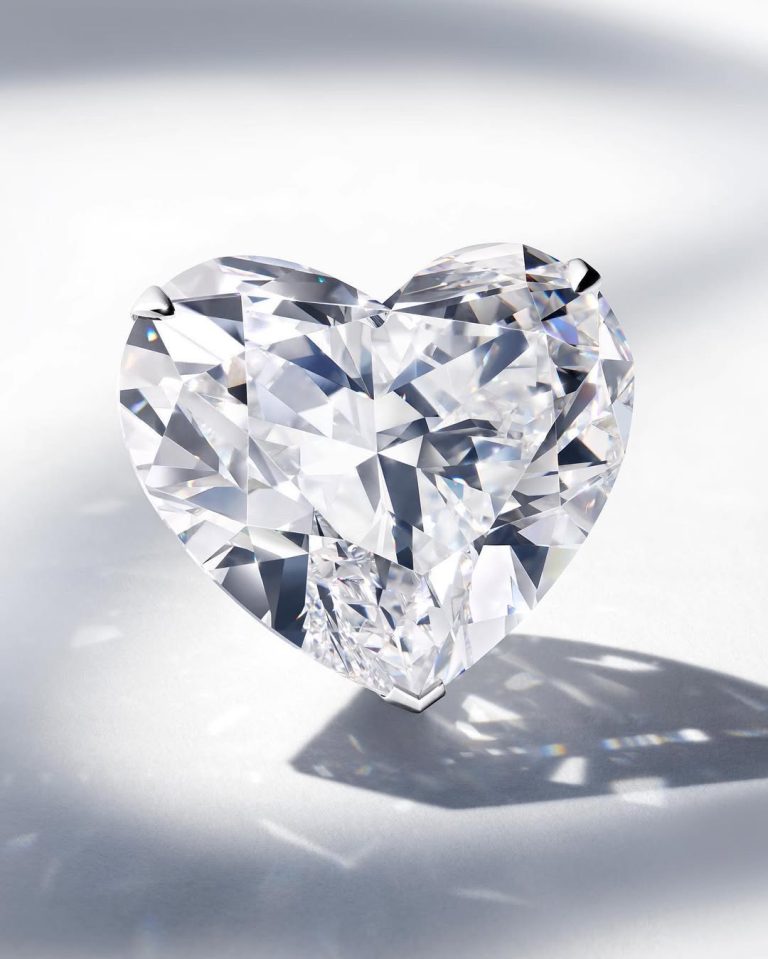Gaborone, Botswana. A remarkable discovery has captured the attention of the global gem industry. A half-pink, half-colorless diamond weighing an extraordinary 37.41 carats has been unearthed in Botswana. Experts are calling it one of the most unusual natural diamonds ever found, both for its exceptional size and its striking two-tone appearance.
The diamond, measuring approximately 24.3 × 16 × 14.5 millimeters, was recovered from the Karowe Mine, a site already renowned for producing some of the world’s most significant and high-quality gems. According to the Gemological Institute of America (GIA), which authenticated the find, the stone exhibits two clearly divided zones—one vivid pink and the other completely colorless—an extraordinarily rare phenomenon in nature.
A Geological Marvel
Scientists at the GIA believe the gem’s unusual split coloring reveals a dramatic story of its creation deep within the Earth’s mantle. Sally Eaton-Magaña, a senior research scientist at the institute, explained that the diamond likely formed in two stages. The pink half originally crystallized as a colorless diamond before undergoing “plastic deformation”—intense geological stress that altered its structure and turned it pink. The other half crystallized later, remaining colorless.
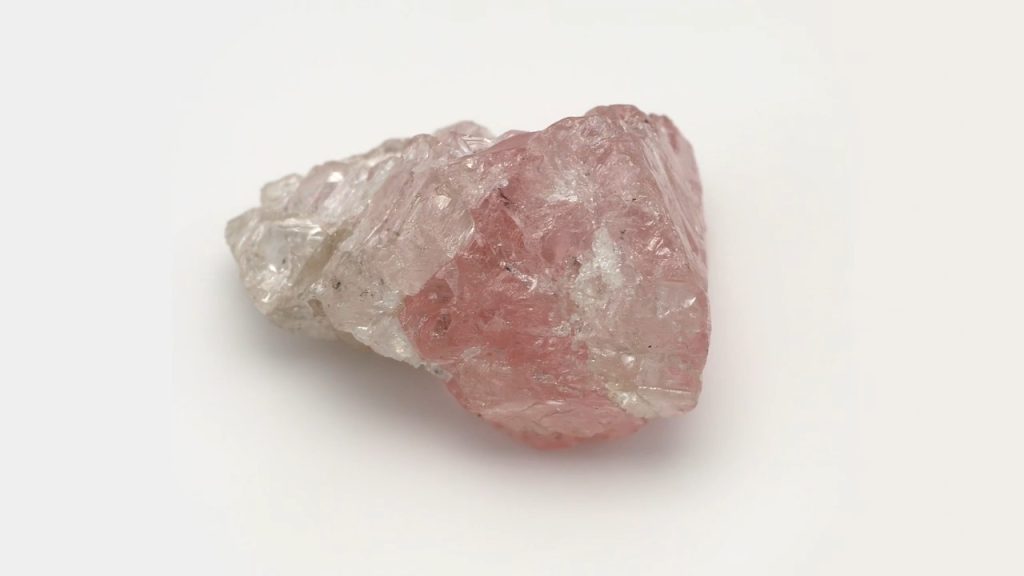
This dual formation process, she noted, is “a geological fingerprint of extreme pressure and temperature events” that occurred billions of years ago.
Pink diamonds themselves are rare, representing less than 0.01% of global production, and are usually much smaller in size. Most known examples showing both pink and colorless zones weigh less than two carats. The Botswana find, therefore, is unprecedented in scale and clarity, making it a landmark in both gemology and mineralogy.
Botswana’s Legacy of Diamond Excellence
The Karowe Mine, operated by Lucara Diamond Corp., has long been associated with record-breaking discoveries, including the 1,109-carat Lesedi La Rona and the 1,758-carat Sewelô. The discovery of this bi-colored diamond further strengthens Botswana’s reputation as one of the world’s leading sources of exceptional diamonds.
Officials in Gaborone have celebrated the find as another example of the country’s commitment to ethical diamond mining and its success in maintaining a stable, transparent gemstone industry. The Botswana government has emphasized that the discovery underscores the continued geological potential of the country’s diamond-rich formations.
Scientific and Market Significance
From a gemological perspective, the diamond provides new insight into how rare color phenomena form within the Earth. Eaton-Magaña and her team have indicated that further analysis will be conducted to map the internal structure and trace elements within each zone. Understanding the stress pathways and temperature gradients could help refine existing models for how pink diamonds form—a subject that has long puzzled researchers.

On the commercial front, experts expect intense interest from collectors and high jewelry houses. “This kind of dual-color diamond, especially at this size, could be considered a natural masterpiece,” said a spokesperson for DiamondWorld.net. “Its rarity transcends market trends—it’s the kind of gem that defines an era in diamond history.”
The valuation of the rough diamond has not been officially disclosed. However, given the recent record sales of pink diamonds, including the Eternal Pink, which fetched over $34.8 million at Sotheby’s in 2023, analysts estimate that the Botswana stone could be worth tens of millions of dollars, depending on how it is cut and whether both colors can be preserved in the final polished gem.
The Challenge of Cutting a Dual-Colored Diamond
Cutting a diamond of this nature presents unique challenges. Most rough diamonds are shaped to maximize brilliance and yield, but with a bi-colored stone, gem cutters must also consider how to highlight the boundary between the pink and colorless halves.
Experts suggest that the stone could either be preserved intact for scientific study or cut into a polished piece that accentuates its two-tone pattern. The decision will balance aesthetics, rarity, and value. Preserving both zones in a single finished gem would be a triumph of artistry and precision.
If polished successfully, it would become the largest known half-pink, half-colorless diamond ever documented—a stone likely to enter either a museum collection or the vaults of a major maison such as Cartier, Graff, or Harry Winston.
Symbolism and Cultural Resonance
Beyond its scientific and commercial value, the diamond carries a deeper symbolism. Pink diamonds have traditionally been associated with love, creativity, and resilience, while colorless diamonds represent purity and timelessness. The fusion of both in one stone mirrors nature’s duality—beauty forged through pressure, unity emerging from contrast.
Botswana officials have highlighted that the gem’s discovery aligns with the nation’s broader narrative of transformation and balance, turning natural challenges into enduring sources of pride and prosperity.
A New Benchmark in Natural Rarity
The half-pink, half-colorless diamond stands as a rare intersection of art and geology. Yes, it’s a phenomenon that blurs the boundary between natural formation and aesthetic perfection. For scientists, it offers a new window into the extreme forces that shape colored diamonds. For collectors and connoisseurs, it represents a once-in-a-lifetime opportunity to witness nature’s craftsmanship at its most intricate.
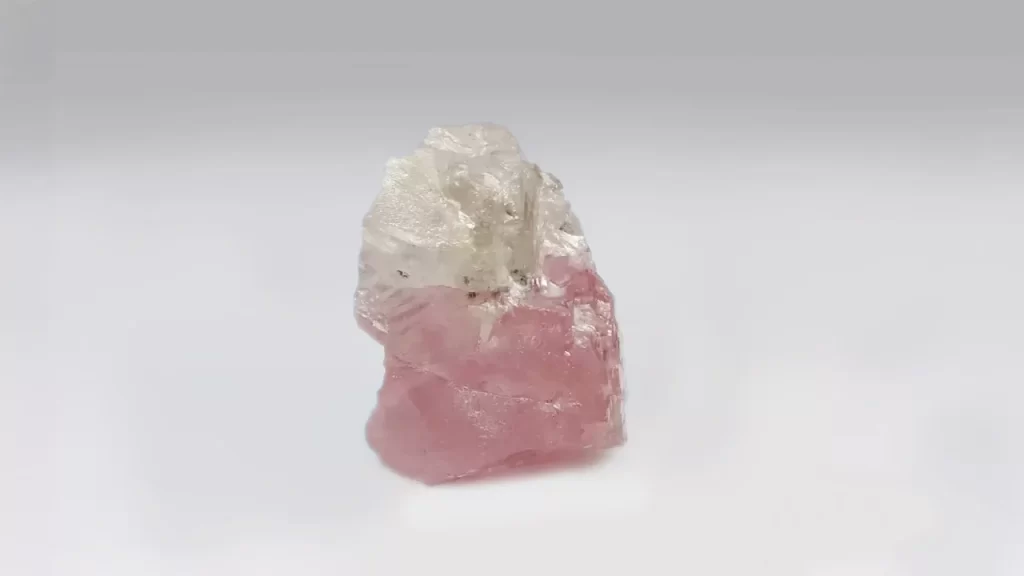
With the global diamond industry increasingly focused on sustainability, provenance, and transparency, Botswana’s latest discovery reinforces the enduring allure of natural diamonds, especially those that tell an extraordinary story written deep within the Earth.

Sewelo is a world where jewelry, watches, and objects come alive in a shimmering dance of fantasy. Through a literary lens, we celebrate the beauty and elegance that make these treasures more than just possessions.

